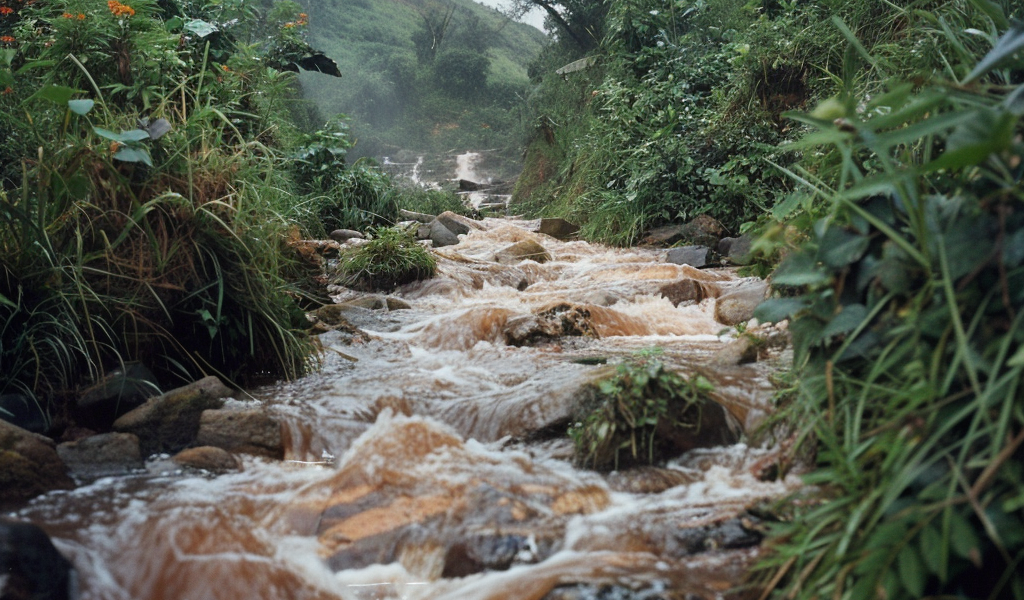Glacier-fed streams are undergoing a process of profound change, according to EPFL and Charles University scientists in a paper appearing in Nature Geoscience today. This conclusion is based on the expeditions to the world’s major mountain ranges by members of the Vanishing Glaciers project.
Microbial life will flourish in mountain streams because of ongoing glacier shrinkage. This is what a team of scientists from EPFL and Faculty of Science, Charles University, Prague, report in their latest research. Their observations are based on samples collected from 154 glacier-fed streams worldwide as part of the EPFL-led Vanishing Glaciers project.
Glacier-fed streams are murky, raging torrents in the summer. Large quantities of glacial meltwater churn up rocks and sediment, allowing very little light to reach the streambed, while freezing temperatures and snow in other seasons provide little opportunity for a rich microbiome to develop.
But, as glaciers shrink under the effects of global warming, the volume of water originating from glaciers is declining. That means the streams are becoming warmer, calmer, and clearer, giving algae and other microorganisms an opportunity to become abundant and to contribute more to local carbon and nutrient cycles.
“We’re witnessing a process of profound change at the level of the microbiome in these ecosystems—nothing short of a ‘green transition’ because of the increased primary production,” says Tom Battin, a full professor at EPFL’s River Ecosystems Laboratory (RIVER).
The pictures were taken in Uganda in 2022, in the context of the “Vanishing Glaciers” research program. Credit: EPFL / Matteo Tolosano
Changing composition
In their paper, the scientists looked at the nutrients, such as nitrogen and phosphorus, in the stream water as well as the enzymes that microorganisms living in the streambed sediment produce in order to use these nutrients.





